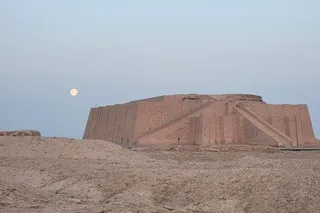The Greek philosopher Aristotle once wrote that “the activity of play is a relaxation of the soul, and serves as recreation because of its pleasantness.” For the ancient Greeks, games were at once a source of fun, but also an instrument of learning.
Take the lowly rattle for instance, a toy deployed to occupy children from the smallest ages even today. It had its uses in Aristotle’s time: “…one must think Archytas’s rattle a good invention, which people give to children in order that while occupied with this they may not break any of the furniture, for young things cannot keep still,” the philosopher wrote, voicing sentiments that plenty of parents in the 21st century would echo.
Read more: 5 Fascinating Toys Fit For Any Ancient Child
Of course, the ancient Greeks were not the only civilization to value toys and games for children. Throughout history, the pursuit of pleasure ...















